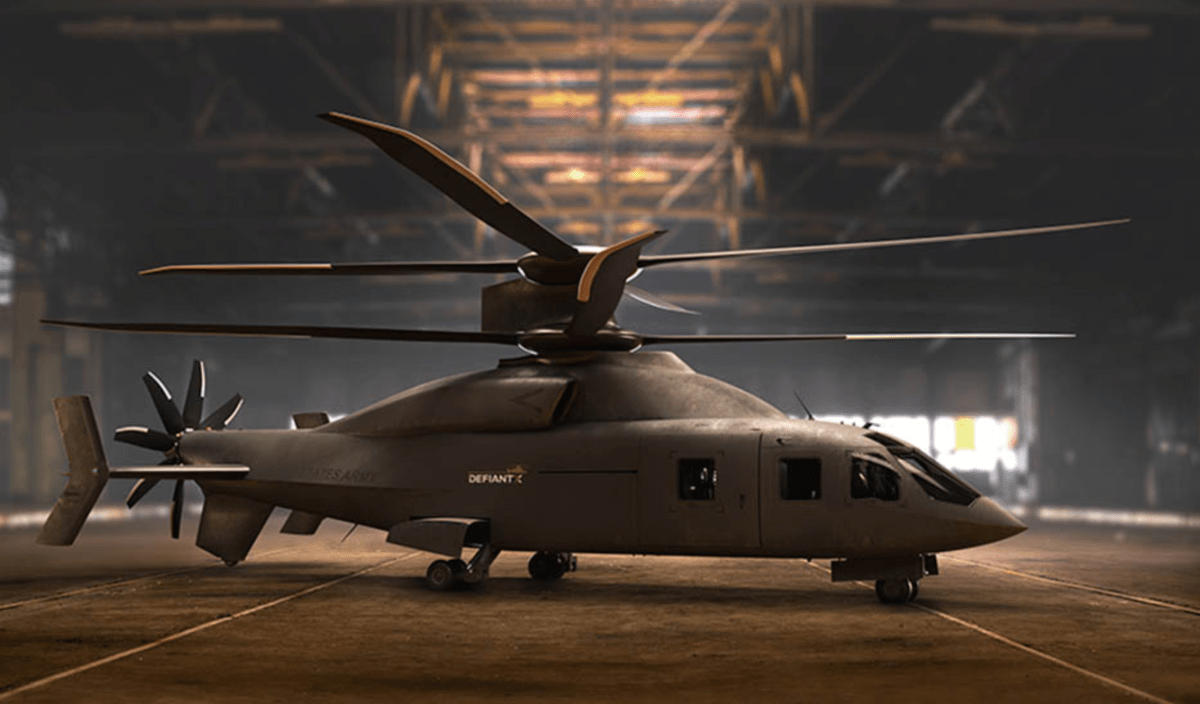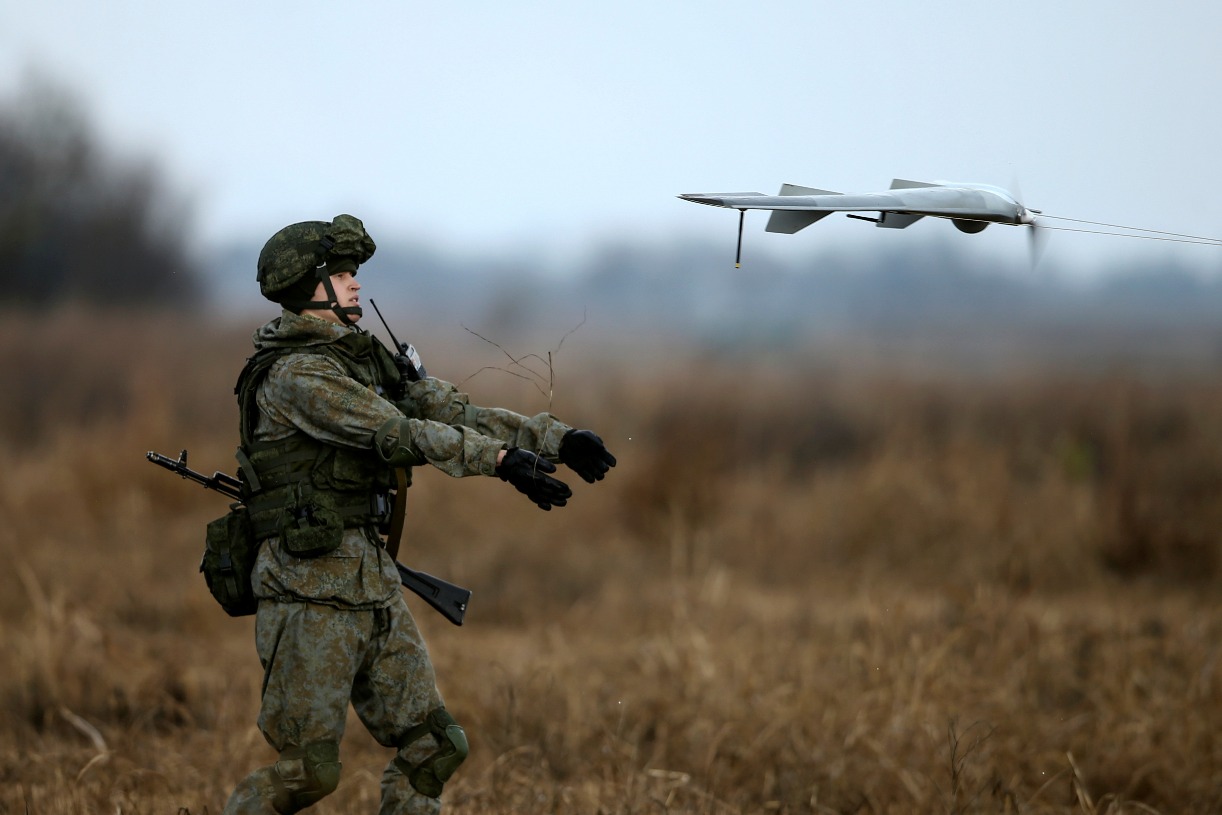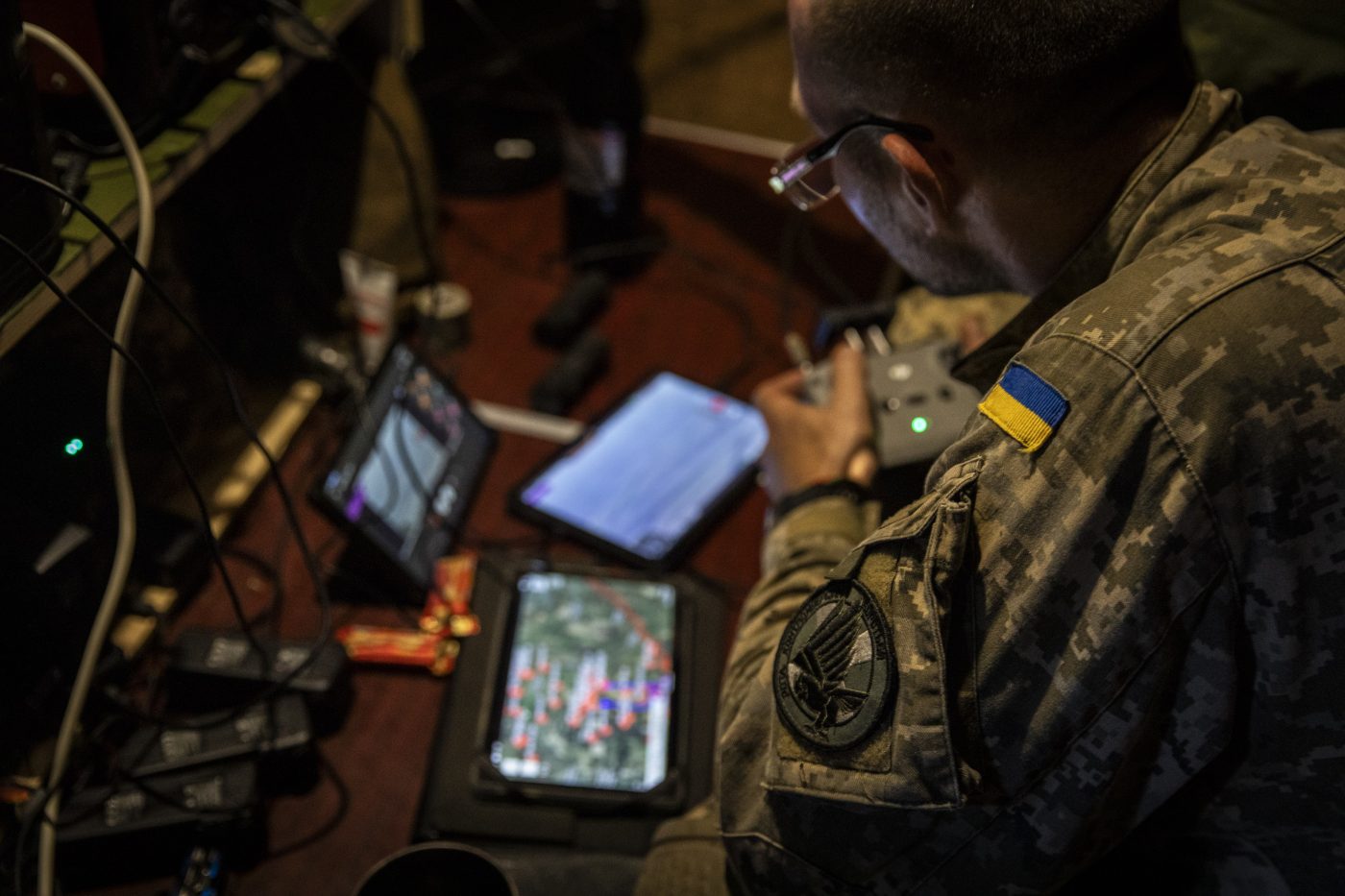The team that has brought you such iconic military rotorcraft as the Black Hawk, Chinook and Apache, are hoping to land a big new contract for the US Army’s Future Long-Range Assault Aircraft competition (FLRAA).
Sikorsky, a Lockheed Martin Company, and Boeing this week released details of its advanced helicopter — DEFIANT X.
According to a company press release, with its range, speed, superior maneuverability, advanced weapons systems and survivability, DEFIANT X will change the way the Army fights – enabling crews to fly low and fast through complex terrain, land quickly, deliver soldiers and equipment to the objective area (thus “the Xâ€) and get out quickly.
DEFIANT X flies twice as far and fast as the venerable Black Hawk® helicopter it is designed to replace, the release said.
Currently undergoing testing in a digital combat environment, the team’s technology demonstrator — dubbed SB>1 DEFIANT® — “continues to prove itself the most survivable platform for mission requirements.â€
“We are ready to deliver unparalleled capabilities backed by proven technologies that will truly transform the Army’s mission today, with room to grow and adapt to the missions of tomorrow,†said Andy Adams, Sikorsky vice president of Future Vertical Lift.
“DEFIANT X not only includes the transformational aircraft – a maneuverable, survivable, lethal weapon system – it also leverages Sikorsky’s and Boeing’s advanced manufacturing capabilities.â€
Featuring a coaxial rotor system and pusher propeller, DEFIANT X incorporates Sikorsky X2 Technologyto operate at high speeds while maintaining low-speed handling qualities, the release said.
This critical capability will provide oldiers with increased maneuverability and survivability in high-threat air defense environments, allowing them to penetrate enemy defenses while reducing exposure to enemy fire.
In addition, compared to SB>1 DEFIANT, the DEFIANT X airframe has enhancements to improve aerodynamics and reduce the thermal signature.
“DEFIANT X is purpose-built for a modernized Army that requires expanded reach, survivability and lethality,†said Steve Parker, vice president and general manager of Boeing Vertical Lift.
“This weapon system will give soldiers unequaled technological advantage and connectivity over adversaries in a multi-domain battle space.â€
According to Breaking Defense, the companies remained cagey about details, but several changes were visible in the images released today.
- DEFIANT-X has beefed up its landing gear, having gained a nose wheel that the SB>1 DEFIANT lacked. This almost certainly adds weight, but, the companies said, it will improve stability on rugged frontline landing zones.
- DEFIANT-X gets rid of the prominent exhaust outlet that SB>1 had below its engine. That helps “reduce thermal signature,†the companies said in a statement. In other words, the new design sheds its engine heat in a different and less detectable way, making it stealthier against enemy infrared sensors and harder to target.
- Finally, DeFIABT-X has a more sharply angled nosecone and a pronounced ridge on the back half of the fuselage. Such “mold line†changes improve the aircraft’s “aerodynamic handling,†the companies said.
The Sikorsky-Boeing team is competing with Bell’s V-280 Valor tiltrotor – a smaller, sleeker sibling to the battle-proven V-22 Osprey.
Breaking Defense sources say Bell has confirmed that the V-280 has flown more than 150 times for more than 200 total flight hours, reaching 350 mph (305 knots) in level flight.
SB>1 DEFIANT, by contrast, was delayed by manufacturing issues early on, notably with the gearbox and with the ultra-rigid rotor blades required by its compound helicopter design, which has dual helicopter-style rotors up front but a pusher propeller at the tail.
SB>1’s been flying for a bit less than two years and has flown 31 times, for a total of 26 flight hours. It’s reached 242 mph (211 knots) in level flight, and the companies are aiming to max out around 288 (250 knots), Breaking Defense reported.
Sikorsky and Boeing argue that their design – while admittedly slower than the V-280 – is a better fit for the Army’s actual tactical needs.
Since a compound helicopter is still basically a helicopter, they argue, DEFIANT looks and behaves much more like the Army’s existing aircraft, requiring fewer changes to training, tactics, and even infrastructure such as hangars, Breaking Defense reported.
It’s bigger and faster than the current UH-60, but because its length and rotor diameter are almost the same, it fits in the same size landing spot.
V-280 is a tiltrotor, with two huge rotors mounted on an airplane-like wing, which makes it much wider an existing helicopters. But the aircraft is much shorter nose-to-tail.
Bell execs have said the V-280 fits in the same landing spot as UH-60: It just has to turn 90 degrees. So you could still fit the same number of aircraft on, say, a soccer field — you’d just have to fly in from a different angle, Breaking Defense reported.
Sikorsky and Boeing say DEFIANT can carry loads suspended under the fuselage – what’s called sling-loading – over longer distances.
V-280 has demonstrated the ability to sling-load objects, but it’s not been tested to its max weight or range.
The Army is expected to release a request for proposal on FLRAA later this year, with a contract award expected in 2022.














